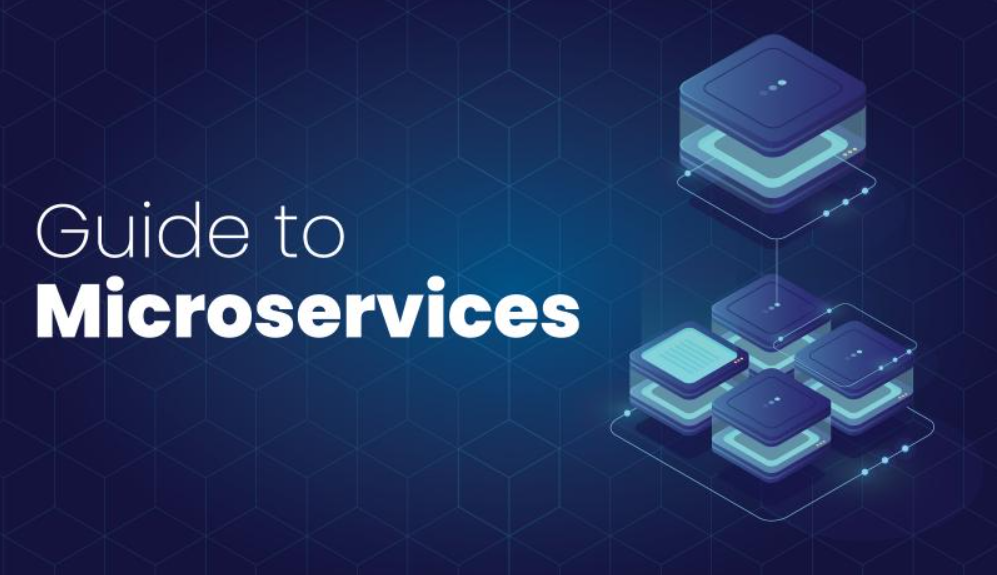Microservices architecture is an architectural style that structures an application as a collection of small, loosely coupled, and independently deployable services. Each service is responsible for a specific business capability and can be developed, deployed, and scaled independently. Java is a popular language for building microservices due to its robustness and ecosystem. Here’s an introduction to microservices architecture with Java:
- Microservices Principles:
Microservices architecture is based on a set of principles that include:
- Single Responsibility: Each microservice focuses on a specific business capability.
- Loose Coupling: Microservices communicate through well-defined APIs and protocols, promoting independence and flexibility.
- Independence and Decentralization: Microservices can be developed, deployed, and scaled independently.
- Resilience and Fault Isolation: Failures in one microservice do not impact the entire system.
- Polyglotism: Different microservices can be implemented using different technologies, including Java.
- Service Identification and Design:
Identify the different business capabilities of your application and define the boundaries for each microservice. Design each microservice to encapsulate a specific business domain, ensuring that it has a well-defined purpose and clear responsibilities. - Communication and Inter-Service Interaction:
Microservices interact with each other through APIs and protocols such as RESTful APIs, messaging queues, or event-driven architectures. Use technologies like Spring Boot, JAX-RS, or Apache Kafka to implement communication between microservices in Java. - Data Management:
Each microservice can have its own data store, depending on the needs of its specific business domain. Utilize technologies like Java Persistence API (JPA), Hibernate, or NoSQL databases to manage data persistence in each microservice. - Service Orchestration and Choreography:
Microservices can be orchestrated through a central coordination service or follow a choreographed approach, where services communicate with each other directly. Technologies like Spring Cloud, Netflix OSS, or Apache Camel can be used for service orchestration and choreography. - Resilience and Fault Tolerance:
Implement resilience patterns like circuit breakers, retries, timeouts, and bulkheads to handle failures and ensure fault tolerance in your microservices. Libraries like Hystrix or resilience4j provide Java implementations for these patterns. - Security and Authentication:
Secure your microservices by implementing authentication and authorization mechanisms. Use technologies like OAuth, JWT (JSON Web Tokens), or Spring Security to ensure secure communication and access control between microservices. - Deployment and Scaling:
Microservices can be independently deployed using technologies like Docker or Kubernetes. Use containerization to package each microservice with its dependencies, enabling easy deployment and scaling. Cloud platforms like AWS, Azure, or GCP provide managed services for deploying and managing microservices. - Monitoring and Observability:
Implement logging, metrics, and distributed tracing to monitor the health and performance of your microservices. Use tools like ELK Stack (Elasticsearch, Logstash, Kibana), Prometheus, or Zipkin for monitoring and observability. - Testing and Continuous Integration/Continuous Deployment (CI/CD):
Adopt testing practices such as unit testing, integration testing, and contract testing to ensure the quality and reliability of your microservices. Automate the deployment process using CI/CD pipelines to enable rapid and reliable deployment of changes to your microservices.
Microservices architecture with Java provides flexibility, scalability, and the ability to develop complex applications by breaking them down into smaller, manageable services. However, it also introduces challenges like distributed system complexity, inter-service communication, and data consistency. Proper planning, design, and adherence to microservices principles can help overcome these challenges and build robust and scalable Java microservices.



